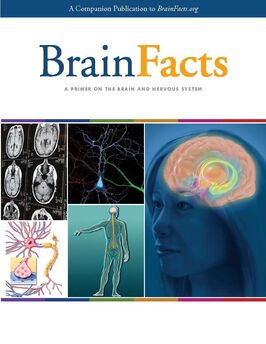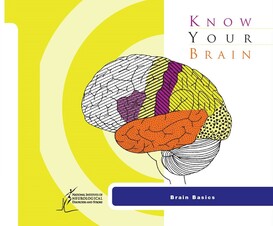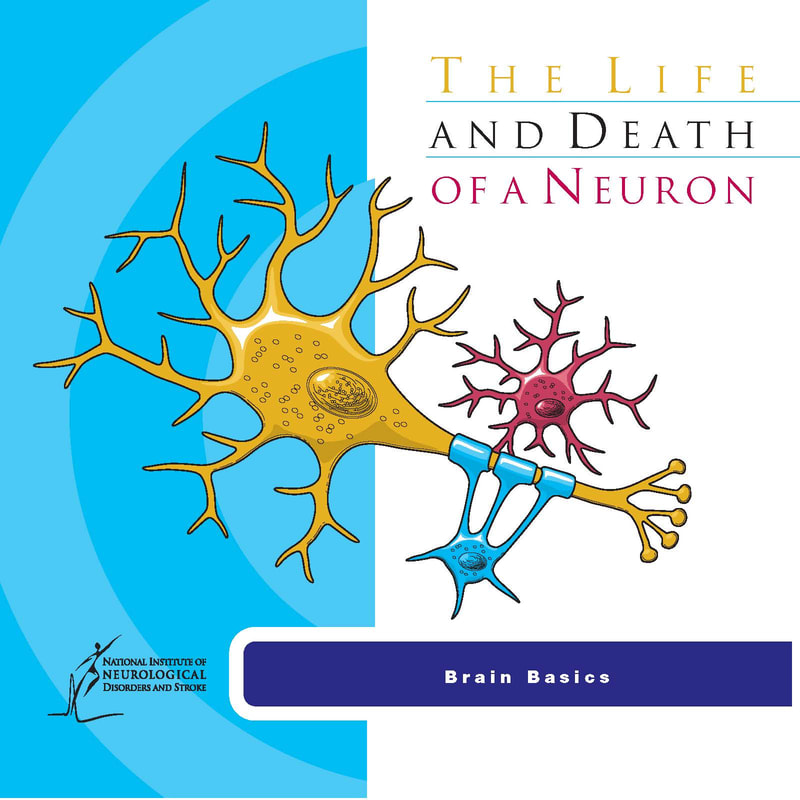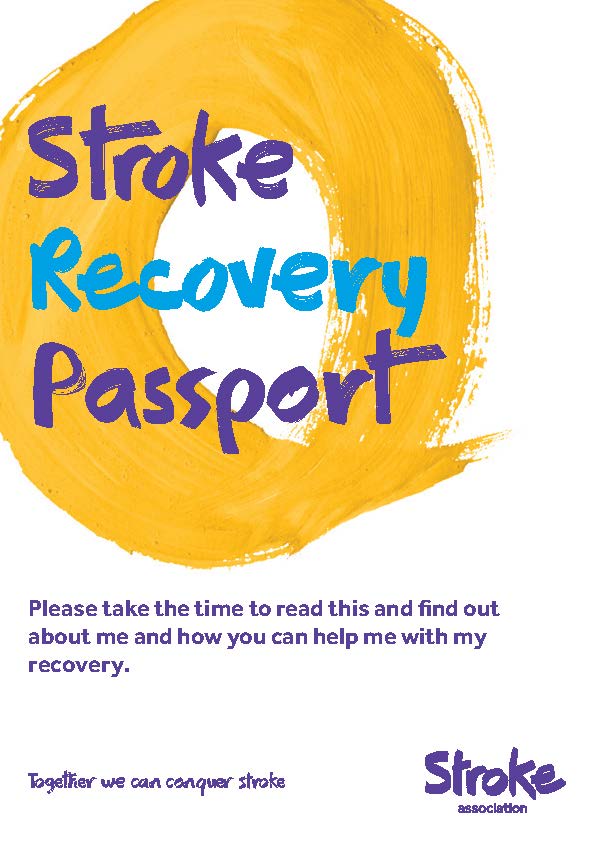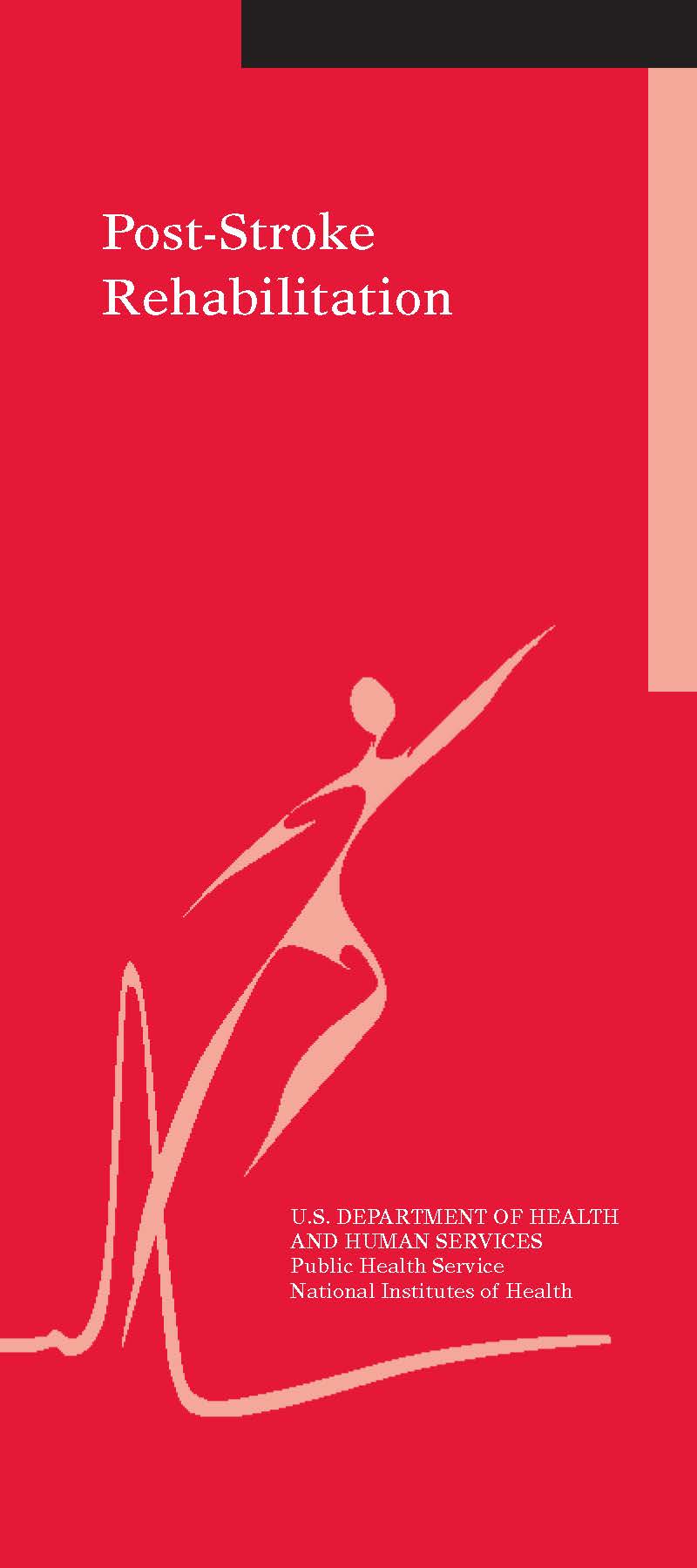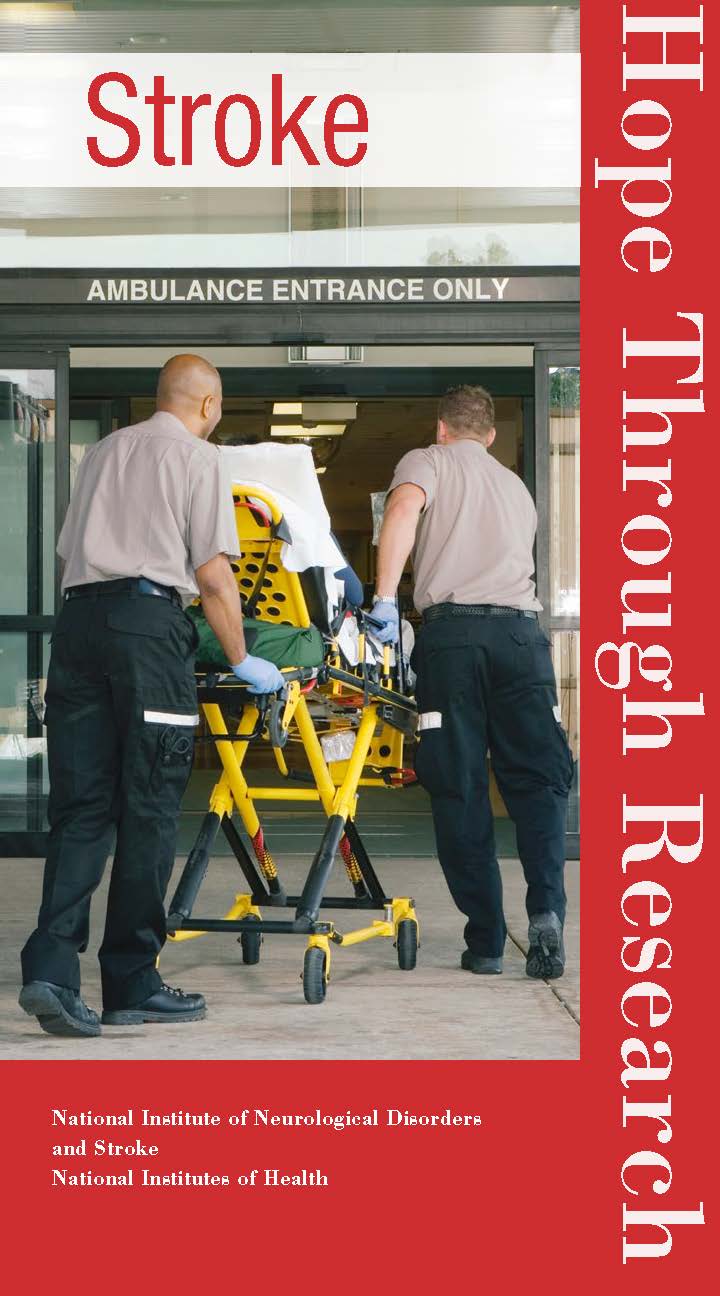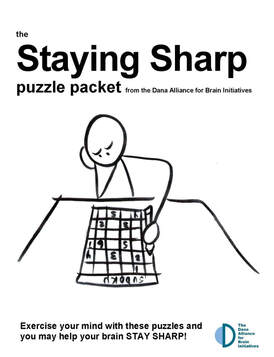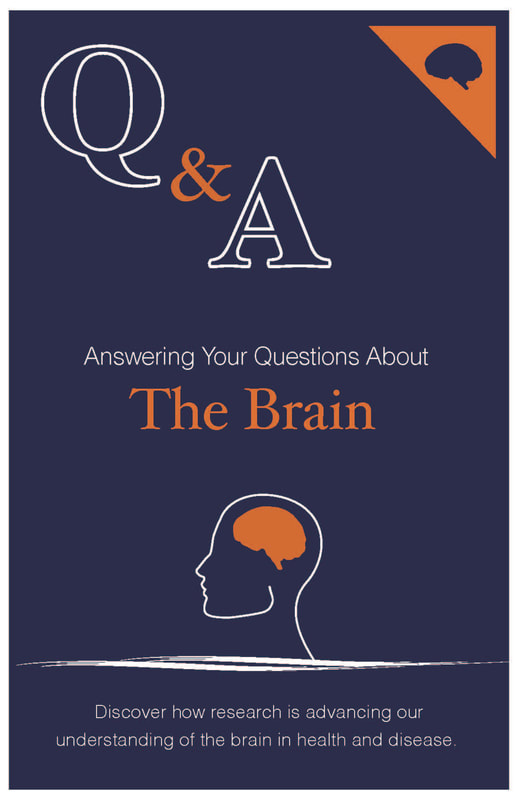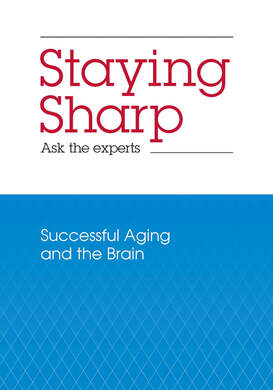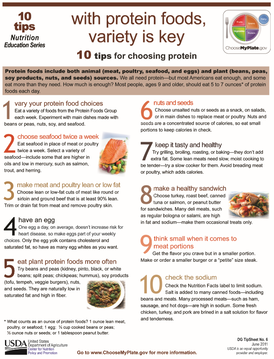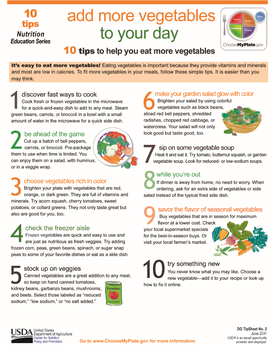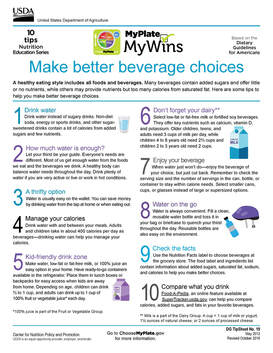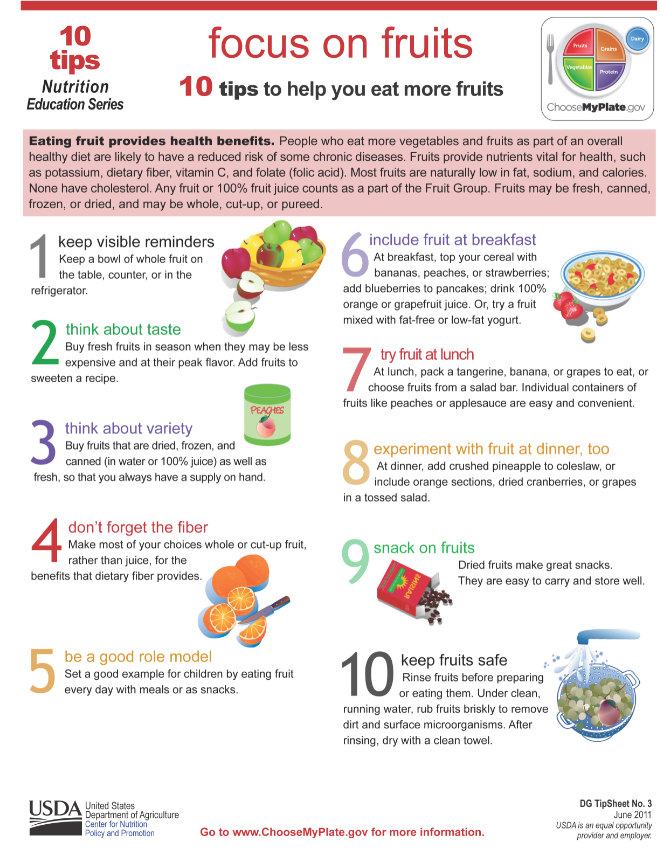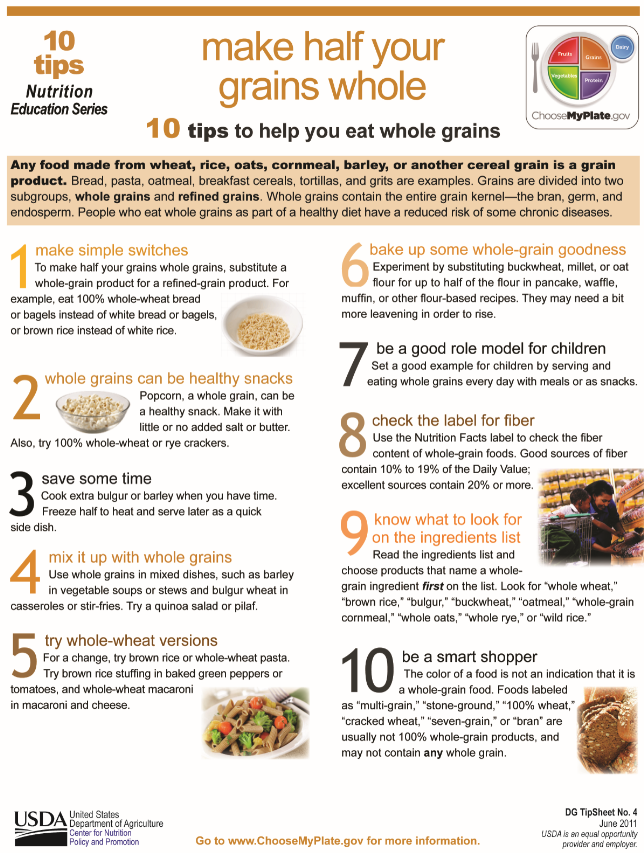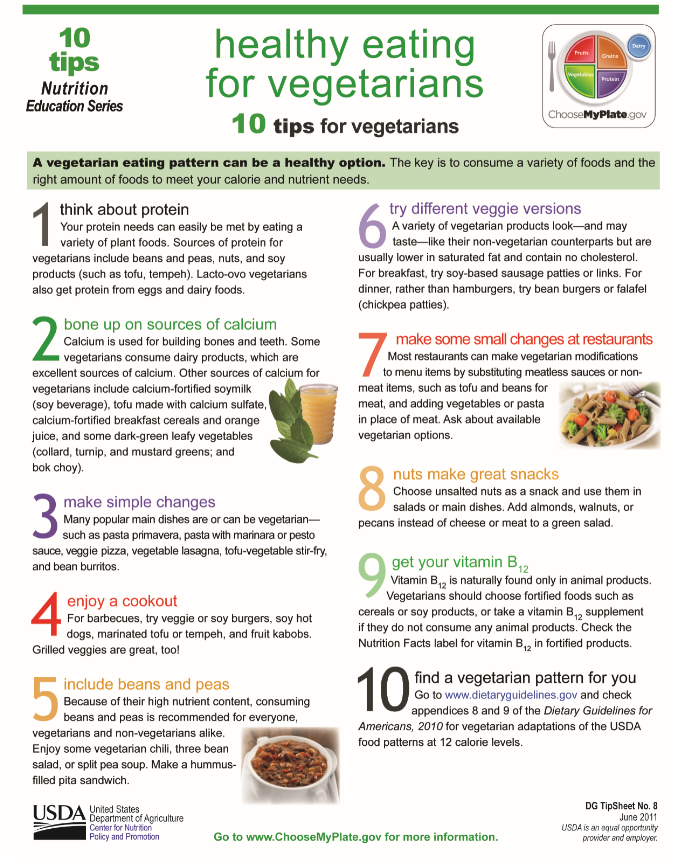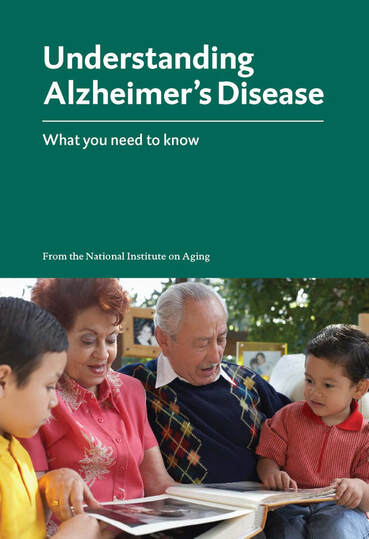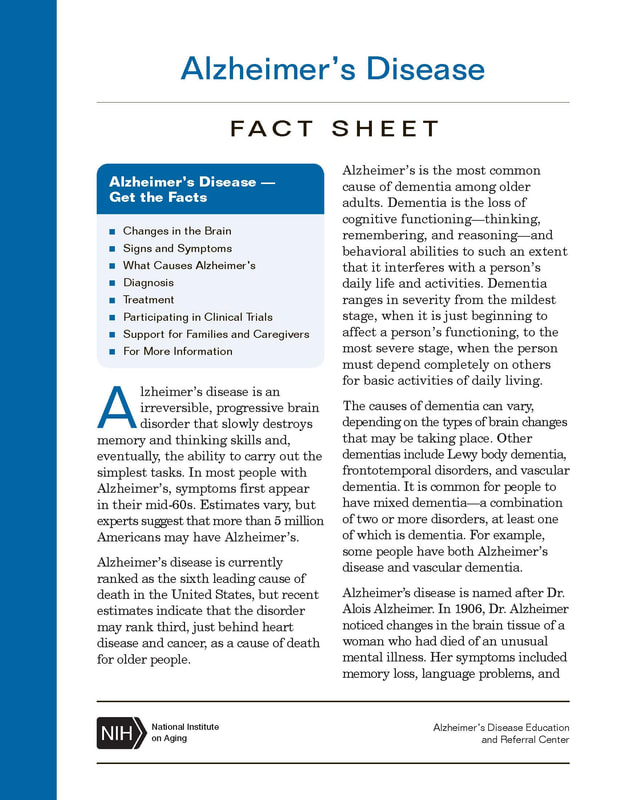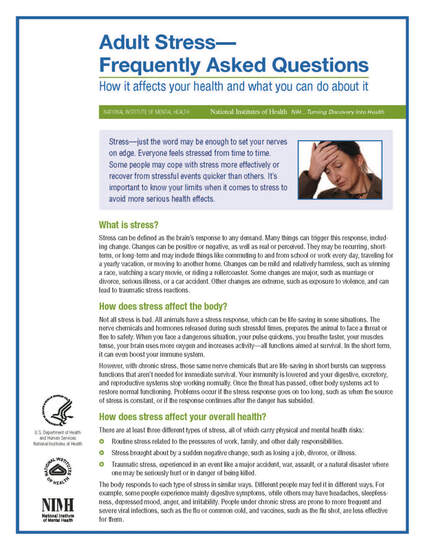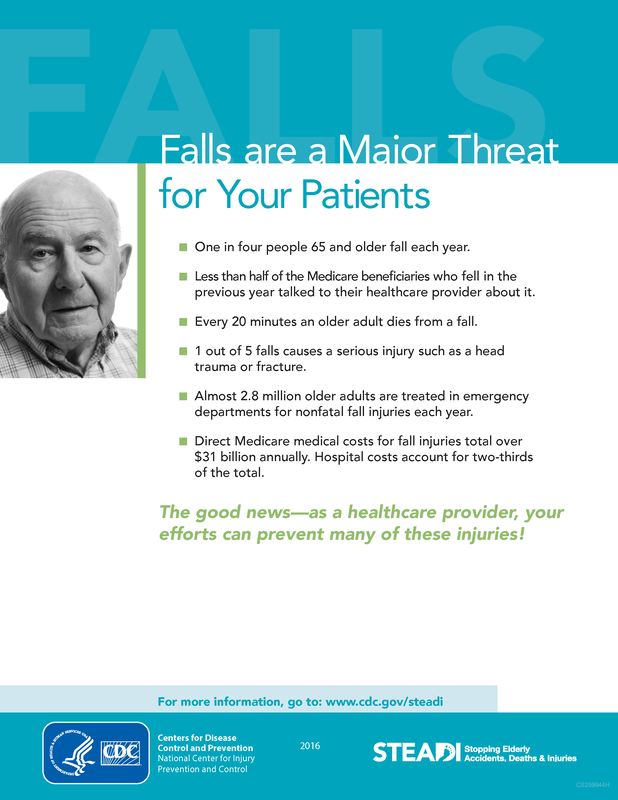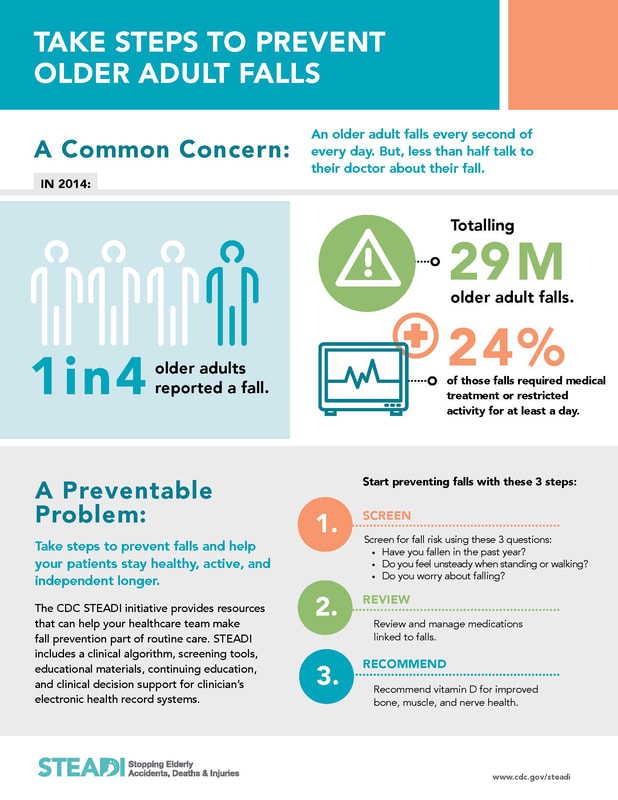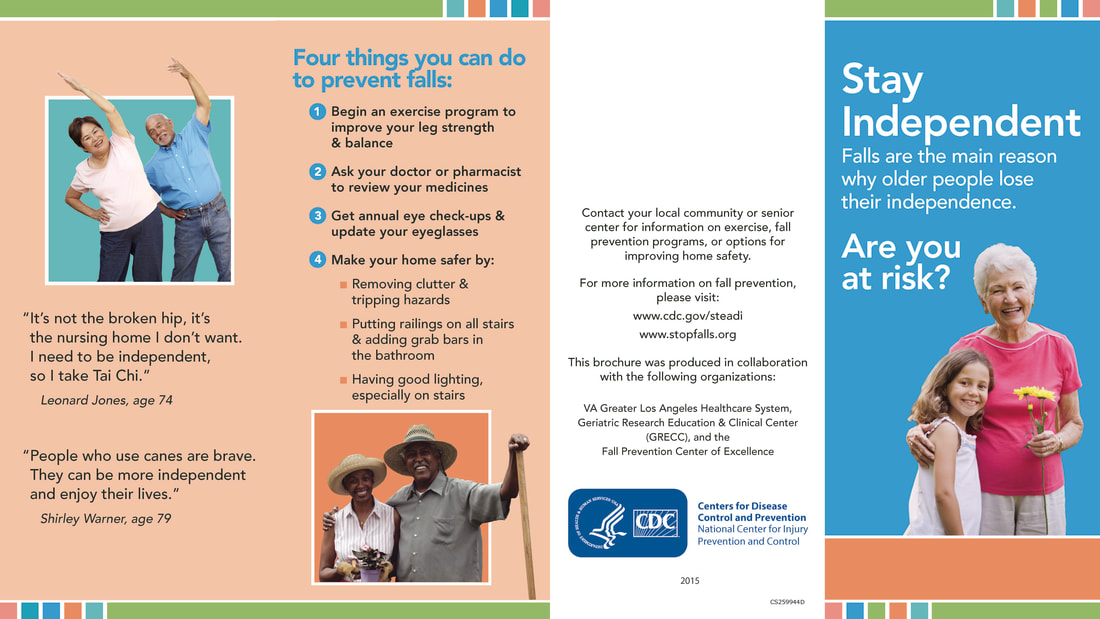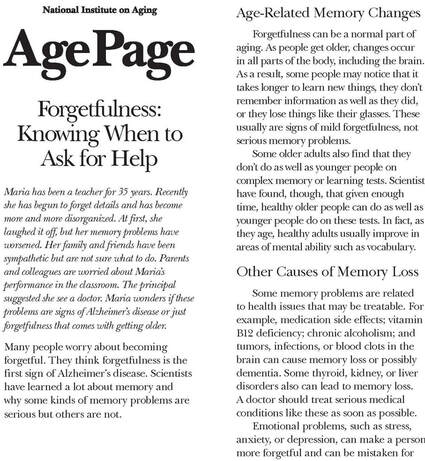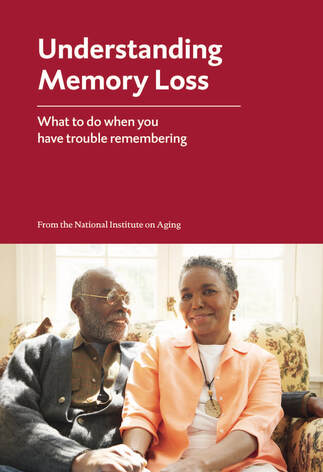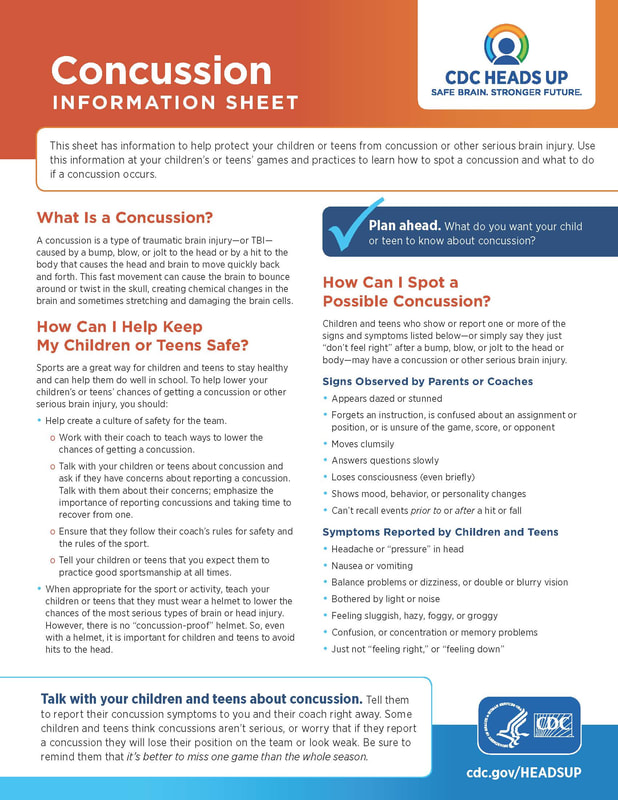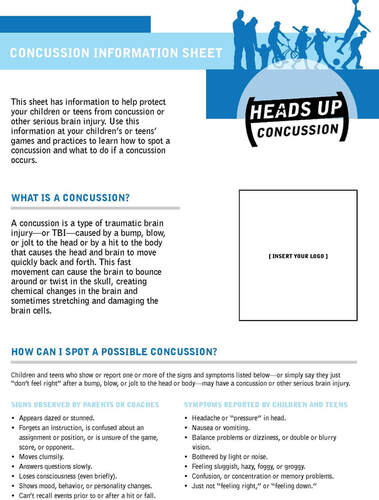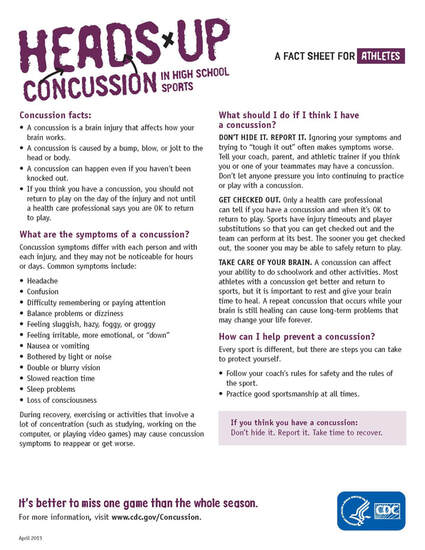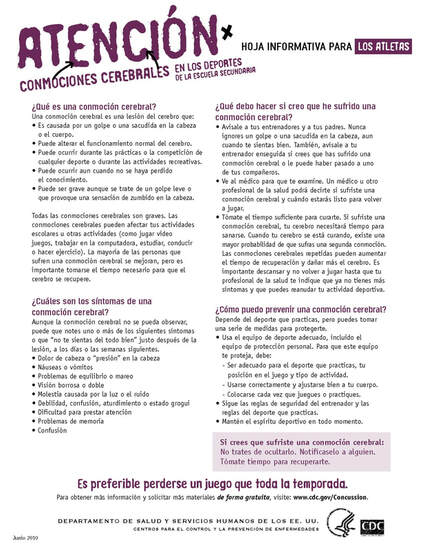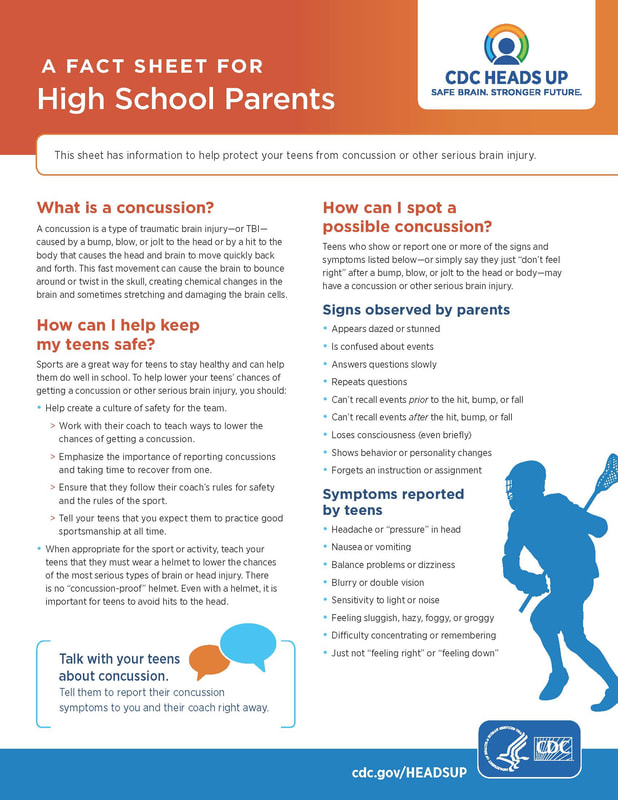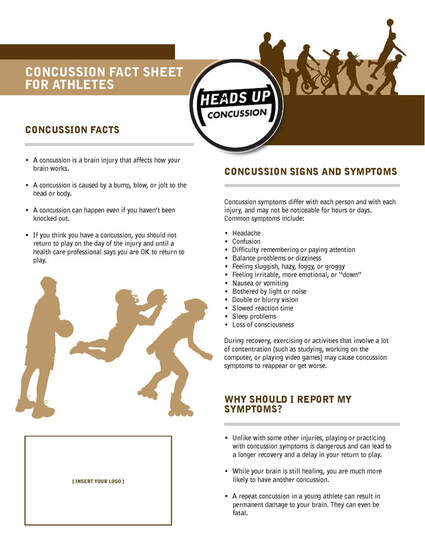STROKE & BRAIN HEALTH EDUCATION LIBRARY
Stroke Statistics
- A stroke occurs on average every 40 seconds in the US.
- In 2017, stroke accounted for about 1 of every 19 deaths in the US.
- In 2016, someone died of a stroke every 3 minutes 35 seconds, on average.
- Stroke ranks number 5 among all causes of death in the US, causing 146,383 deaths in 2017.
- In 2017, the age-adjusted stroke death rate was 37.6 per 100,000, a decrease of 13.6% from 2007.
- According to data from 2005, stroke was a leading cause of serious long-term disability in the US. Approximately 3% of males and 2% of females reported that they were disabled because of stroke.
- In 2017, 6.2 million deaths were attributable to cerebrovascular disease worldwide (2.7 million deaths from ischemic stroke, 3.0 million deaths from intracerebral hemorrhage, and 0.4 from subarachnoid hemorrhage).
Texas Stroke Statistics
- Stroke is the No. 3 killer in Texas
- In 2017, 10,790 people in Texas died of stroke
- In 2017, about 25 hospitalizations occurred due to stroke for every 10,000 Texans.
- Total charges for stroke hospitalizations in 2017 were more than $5.3 billion. Medicaid beneficiaries accounted for over $308 million of the total charges.
References
TEST YOUR STROKE KNOWLEDGE!
Find out how much you know about strokes and what causes them with an online quiz from the National Institute of Neurological Disorders and Stroke.
STROKE & BRAIN RELATED TOPICS
Aphasia
A disorder that results from damage to areas of the brain that produce and process language. People with aphasia can have trouble speaking, reading, writing, and understanding language. both verbal and written. Aphasia typically occurs suddenly after a stroke or a head injury. Impairment can range from mild to very severe (nearly impossible to communicate in any form). Some people with aphasia have difficulty in only one area of communication, such as trouble reading, or difficulty understanding what others are saying. More commonly, people with aphasia are limited in more than one communication area. Nearly all patients with aphasia have word-finding difficulties.
Aphasia Treatment
Types of aphasia are there?
Aphasia can be dvided into two broad categories: fluent and nonfluent, and within theses groups, there are several types.
The most common type of nonfluent aphasia is Broca's aphasia which occurs when damage primarily affects the frontal lobe of the brain. They often have right-sided weakness or paralysis of the arm and leg because the frontal lobe is also important for motor movements. People with Broca's aphasia may understand speech and know what they want to say, but frequently speak in short phrases, produced with great effort.
The most common type of fluent aphasia is Wernicke's aphasia which may occcur with damage to the temporal lobe of the brain .People with Wernicke's aphasia may speak in long, complete sentences that have no meaning, adding unnecessary words and even creating made-up words.
- Speech and language therapy- Focused on assisting patients in recovering language abilities, teaching how to make up for lost language skills, and training the patient and family members in alternative strategies for communication.
- Drug Therapy- No drug has shown definitely long term benefit. Some have shown promise in small studies, but more research is needed before these drugs can be recommended.
- Communication Aids- such as a communication board
- Assisted Technology- such as language apps for your ipad or iphone at Tactus Therapy
Types of aphasia are there?
Aphasia can be dvided into two broad categories: fluent and nonfluent, and within theses groups, there are several types.
The most common type of nonfluent aphasia is Broca's aphasia which occurs when damage primarily affects the frontal lobe of the brain. They often have right-sided weakness or paralysis of the arm and leg because the frontal lobe is also important for motor movements. People with Broca's aphasia may understand speech and know what they want to say, but frequently speak in short phrases, produced with great effort.
The most common type of fluent aphasia is Wernicke's aphasia which may occcur with damage to the temporal lobe of the brain .People with Wernicke's aphasia may speak in long, complete sentences that have no meaning, adding unnecessary words and even creating made-up words.
Aphasia ID Card
Free online tool by the National Aphasia Association for people with aphasia. Create a personalized Aphasia ID card that you can print and start carrying right away. Helps to communicate with people who are unfamiliar with aphasia.
Free online tool by the National Aphasia Association for people with aphasia. Create a personalized Aphasia ID card that you can print and start carrying right away. Helps to communicate with people who are unfamiliar with aphasia.
Aphasia Facts Quiz
Test Your Aphasia Knowledge - Take the National Aphasia Association's
Additional Resources
1. Lets Talk About Stroke and Aphasia, a downloadable Patient Information Sheet, created by the American Stroke Association HERE
2. For a full listing of types of aphasia HERE
3. National Institute on Deafness and Other Communication Disorders (NIDCD)
4. National Aphasia Association HERE
1. Lets Talk About Stroke and Aphasia, a downloadable Patient Information Sheet, created by the American Stroke Association HERE
2. For a full listing of types of aphasia HERE
3. National Institute on Deafness and Other Communication Disorders (NIDCD)
4. National Aphasia Association HERE
Atrial Fibrillation
Atrial Fibrillation (AFib) and Stroke
In AFib the heart’s two small upper chambers (atria) don't beat normally. They beat irregularly and too fast, quivering (like a bowl of gelatin). This can cause blood to pool and clots to form, increasing the risk of stroke. By itself, AFib is generally not a life-threatening condition, but can lead to serious medical complications.
• Nearly 350,000 hospitalizations every year due to AFib
• AFib can contribute to congestive heart failure and other serious heart conditions
• Nearly one in every six strokes is caused by AFib
• AFib patients are about five times more likely to suffer a stroke than those without the condition
• AFib-related strokes are nearly twice as fatal and twice as disabling as non-Afib related strokes.
Afib Symptoms
• Irregular and rapid heartbeat
• Heart palpitations or rapid thumping inside your chest
• Dizziness, sweating, chest pain or pressure
• Shortness of breath or anxiety
• Getting tired easily when exercising
• Fainting
AFib Affects?
More than 2.6 million Americans are affected by AFib, and that number is expected to increase to ~ 12 million by 2050, due to the aging of our population.
AFib Risk Factors
• People older than 40 years have 1 in 4 risk of developing Afib in their lifetime
• Obesity is associated with changes in the heart that are known predictors of AFib
• Changes to the heart caused by high blood pressure can lead to AFib.
How to Lower Afib Related Stroke Risk?
Treatment goals are to reduce risk of blood clots and stroke and manage abnormal heart rate or rhythm. Healthcare providers may prescribe anticoagulants or antiplatelets, which are blood thinners to help prevent blood clots from forming. Abnormal heartbeats may be treated with medications that affect the heart’s rate (pacing) or rhythm (coordination), or a surgical procedure such as electrical cardioversion, catheter ablation or surgical intervention.
References
https://www.heart.org/en/health-topics/atrial-fibrillation
https://www.cdc.gov/heartdisease/atrial_fibrillation.htm
In AFib the heart’s two small upper chambers (atria) don't beat normally. They beat irregularly and too fast, quivering (like a bowl of gelatin). This can cause blood to pool and clots to form, increasing the risk of stroke. By itself, AFib is generally not a life-threatening condition, but can lead to serious medical complications.
• Nearly 350,000 hospitalizations every year due to AFib
• AFib can contribute to congestive heart failure and other serious heart conditions
• Nearly one in every six strokes is caused by AFib
• AFib patients are about five times more likely to suffer a stroke than those without the condition
• AFib-related strokes are nearly twice as fatal and twice as disabling as non-Afib related strokes.
Afib Symptoms
• Irregular and rapid heartbeat
• Heart palpitations or rapid thumping inside your chest
• Dizziness, sweating, chest pain or pressure
• Shortness of breath or anxiety
• Getting tired easily when exercising
• Fainting
AFib Affects?
More than 2.6 million Americans are affected by AFib, and that number is expected to increase to ~ 12 million by 2050, due to the aging of our population.
AFib Risk Factors
• People older than 40 years have 1 in 4 risk of developing Afib in their lifetime
• Obesity is associated with changes in the heart that are known predictors of AFib
• Changes to the heart caused by high blood pressure can lead to AFib.
How to Lower Afib Related Stroke Risk?
Treatment goals are to reduce risk of blood clots and stroke and manage abnormal heart rate or rhythm. Healthcare providers may prescribe anticoagulants or antiplatelets, which are blood thinners to help prevent blood clots from forming. Abnormal heartbeats may be treated with medications that affect the heart’s rate (pacing) or rhythm (coordination), or a surgical procedure such as electrical cardioversion, catheter ablation or surgical intervention.
References
https://www.heart.org/en/health-topics/atrial-fibrillation
https://www.cdc.gov/heartdisease/atrial_fibrillation.htm
Brain Basics
References
Brain Facts.org https://www.brainfacts.org/the-brain-facts-book
National Institute of Neurological Disorders and Stroke (NINDS) https://catalog.ninds.nih.gov/ninds/term/Brain-Basics
Brain Facts.org https://www.brainfacts.org/the-brain-facts-book
National Institute of Neurological Disorders and Stroke (NINDS) https://catalog.ninds.nih.gov/ninds/term/Brain-Basics
Atrial Fibrilation
Atrial fibrillation, often called AFib is the most common type of treated heart arrhythmia. An arrhythmia is when the heart beats too slowly, too fast, or in an irregular way. When a person has AFib, the normal beating in the upper chambers of the heart (the two atria) is irregular, and blood doesn’t flow as well as it should from the atria to the lower chambers of the heart (the two ventricles). AFib may happen in brief episodes, or it may be a permanent condition.
For further information, go to the CDC website: https://www.cdc.gov/heartdisease/atrial_fibrillation.htm
For further information, go to the CDC website: https://www.cdc.gov/heartdisease/atrial_fibrillation.htm
Stroke Basics
What is a stroke?
A stroke is a brain attack. A stroke occurs when a blood vessel that carries oxygen and nutrients to the brain is either blocked by a clot or bursts. When that happens, that area of the brain cannot get the blood (and oxygen) it needs, causing brain cells to die.
What are the two types of stroke:
What happens to the brain when a stroke occurs?
The brain needs a constant supply of oxygen and nutrients in order to function. Even a brief interruption in blood supply can cause problems. Brain cells begin to die after just a few minutes without blood or oxygen. The area of dead cells in tissues is called a stroke (or infarct). When cells die, chemicals are released that
can cause even more cells to die. The earlier a stroke patient gets to the emergency department, the better the chance they will be able to receive treatment that stops or reduces the amount of brain damage from the stroke.
When brain cells die, functions that were under control of those brain cells are lost. This may include impaired language, speech, movement, thinking and memory, bowel and bladder, eating, emotional control, and other vital body functions.
Specific abilities lost or affected depend on where in the brain the stroke occurs and on the size of the stroke. Thus, recovery from stroke and the specific ability affected depends on the size and location of the stroke. For example, a small stroke may result in problems such as weakness in an arm or leg. A larger stroke may cause paralysis (inability to move part of the body), loss of speech, or even death.
A stroke is a brain attack. A stroke occurs when a blood vessel that carries oxygen and nutrients to the brain is either blocked by a clot or bursts. When that happens, that area of the brain cannot get the blood (and oxygen) it needs, causing brain cells to die.
What are the two types of stroke:
- Ischemic and Hemorrhagic
- Ischemic stroke occurs when a blood vessel is blocked. This is the most common type of stroke (about 87% of all strokes).
- Hemorrhagic stroke (brain bleed) occurs when a blood vessels bursts, spilling blood into surrounding tissues. This type of stroke is less common (~ 13% of all strokes).
What happens to the brain when a stroke occurs?
The brain needs a constant supply of oxygen and nutrients in order to function. Even a brief interruption in blood supply can cause problems. Brain cells begin to die after just a few minutes without blood or oxygen. The area of dead cells in tissues is called a stroke (or infarct). When cells die, chemicals are released that
can cause even more cells to die. The earlier a stroke patient gets to the emergency department, the better the chance they will be able to receive treatment that stops or reduces the amount of brain damage from the stroke.
When brain cells die, functions that were under control of those brain cells are lost. This may include impaired language, speech, movement, thinking and memory, bowel and bladder, eating, emotional control, and other vital body functions.
Specific abilities lost or affected depend on where in the brain the stroke occurs and on the size of the stroke. Thus, recovery from stroke and the specific ability affected depends on the size and location of the stroke. For example, a small stroke may result in problems such as weakness in an arm or leg. A larger stroke may cause paralysis (inability to move part of the body), loss of speech, or even death.
What are the most common stroke symptoms?
Other important but less common stroke symptoms
Use FAST to remember the warning signs!
F – Face; ask the person to smile. Does one side droop?
A – Arms; ask the person to raise both arms. Does one arm drift downward?
S – Speech; ask the person to repeat a simple phrase. Is there speech slurred or strange?
T – Time; If you observe any of these signs, call 9-1-1 immediately!
Call 911 if you see or have any of these symptoms!
- Sudden numbness or weakness of face, arm or leg, especially on one side of the body
- Sudden confusion, trouble speaking or understanding
- Sudden trouble seeing in one or both eyes
- Sudden trouble walking, dizziness, loss of balance or coordination
- Sudden severe headache with no known cause
Other important but less common stroke symptoms
- Sudden nausea and vomiting
- Brief loss of consciousness or period of decreased consciousness (fainting, confusion, convulsions or coma)
Use FAST to remember the warning signs!
F – Face; ask the person to smile. Does one side droop?
A – Arms; ask the person to raise both arms. Does one arm drift downward?
S – Speech; ask the person to repeat a simple phrase. Is there speech slurred or strange?
T – Time; If you observe any of these signs, call 9-1-1 immediately!
Call 911 if you see or have any of these symptoms!
Cryptogenic Stroke
A cryptogenic stroke is a stroke of unknown cause after extensive testing. About 1 in 4 ischemic strokes are cryptogenic. Potential causes to consider:
Finding the cause of a stroke is important so your physician can provide targeted treatment for preventing recurrent strokes. This is why physicians do an extensive work up before making the diagnosis of cryptogenic stroke. For further information, go to the American Stroke Association website to review and download patient education materials such as The Known and Unknown of Stroke Infographic and A Patient Guide to Understanding Strokes of Unknown Cause.
- Atrial fibrillation– irregular heartbeat that puts the patient at 5x greater risk for stroke. May be detected by monitoring the heart's rhythm over time.
- Patent Foramen Ovale– a hole between the heart's chambers that usually closes naturally by adulthood.
- Thrombophilias– blood clotting disorders.
- Aortic Arch Atheroma – buildup of fats, cholesterol and other substances in and on artery walls in the aortic arch
Finding the cause of a stroke is important so your physician can provide targeted treatment for preventing recurrent strokes. This is why physicians do an extensive work up before making the diagnosis of cryptogenic stroke. For further information, go to the American Stroke Association website to review and download patient education materials such as The Known and Unknown of Stroke Infographic and A Patient Guide to Understanding Strokes of Unknown Cause.
Stroke Caregiver & Families
For information and printable caregiver resources, go to
Stroke Prevention
Stroke Recovery
Stroke Risk Factors
High Blood Pressure (Hypertension)
Healthy Brain Aging
The DANA FOUNDATION https://www.dana.org/
Nutrition
My Plate
www.choosemyplate.gov/MyPlate
www.choosemyplate.gov/MyPlate
Recipes
Click on the name of the AHA meal you want to try to get the AHA recipe.
Alzheimer's Disease
|
| ||||||||||||||
Stress
High Blood Pressure
Falls
|
| ||||||||||||
Forgetfulness/ Memory Loss
National Institute on Aging (NIA)
Concussions
CDC HEADS UP www.cdc.gov/headsup/index.html
Educational Resources for Stroke Survivors, Caregivers and the Community
American Heart Association/ American Stroke Association:
- Stroke Month Campaign
- American Stroke Association Stroke Resource Library
- My Life Check - an interactive online tool that helps people assess and track their heart health information and gain a better understanding of their risk of heart disease and stroke.
Centers for Disease Control
- Stroke Communications Kit, including social media messages, shareable graphics, videos and additional resources
- Stroke Patient Education Handout
National Institutes of Health
- Downloadable posters, toolkits for order (including Spanish)
Million Hearts
- Million Hearts® 2022 is a national initiative to prevent 1 million heart attacks and strokes within 5 years. Focuses on implementing a small set of evidence-based priorities and targets that can improve cardiovascular health for all. Education Tools
OverReact2Stroke Campaign
- Information for patients and caregivers, including 10 signs and symptoms of stroke, stroke facts, handouts, posters and brochures
- Information for healthcare professionals, including journal ads, billboards, magnets, wall posters, a news release template, and other resources. There are also public service announcements and videos available for download.
The DANA FOUNDATION
Brain Facts.org
National Institute of Neurological Disorders and Stroke
My Plate
CDC HEADS UP
National Institute on Aging (NIA)
STROKE EDUCATION VIDEOS
|
Pediatric Stroke Warriors: Stroke Recognition in Children of All Ages
https://www.youtube.com/watch?v=gcfKq9AqTmA |
CDC Preventing Stroke Deaths: Vital Signs/September 2017
https://youtu.be/HbmZBcf9k6s |
|
Stroke Heroes Act FAST: For Younger Children
https://www.youtube.com/watch?v=bgpkOxRNzDc |
CDC: Recognize the Signs and Symptoms of Stroke
https://www.youtube.com/watch?v=mkpbbWZvYmw |
|
HealthSketch: What is a Stroke? Animated Explanation Video
https://www.youtube.com/watch?v=ryIGnzodxDs |
National Institute of Neurological Disorders and Stroke (NINDS)
Stroke signs and symptoms videoexternal icon |
|
American Heart Association: Treat Stroke F.A.S.T.
https://www.youtube.com/watch?v=q5XHH1XfAbM |
American Heart Association: Stroke Simulation: Know the signs. Call 911 quickly.
https://www.youtube.com/watch?v=yt1Mv-UFLNk |
STROKE NEWSLETTERS, MAGAZINES
Stroke Connection
A free, monthly e-newsletter for stroke survivors and their family caregivers.
A free, monthly e-newsletter for stroke survivors and their family caregivers.
Brain and Life Neurology For Everyday Living Magazine
This Magazine is an official publication of the American Academy of Neurology—with six issues a year, online and print subscription, for free. For anyone residing in the United States who is interested in learning more about neurologic conditions and how to live well with them.
This Magazine is an official publication of the American Academy of Neurology—with six issues a year, online and print subscription, for free. For anyone residing in the United States who is interested in learning more about neurologic conditions and how to live well with them.
Together to End Stroke® E-newsletter
- Receive bimonthly updates on stroke research and consumer education..
- Stay informed on the latest stroke news and resources. As a thank-you, you’ll get instant access to a FREE mini cookbook!
John Hopkins Stroke Prevention Newsletter
A quarterly e-newsletter dedicated to providing useful information on stroke treatment, prevention and rehabilitation.
A quarterly e-newsletter dedicated to providing useful information on stroke treatment, prevention and rehabilitation.


